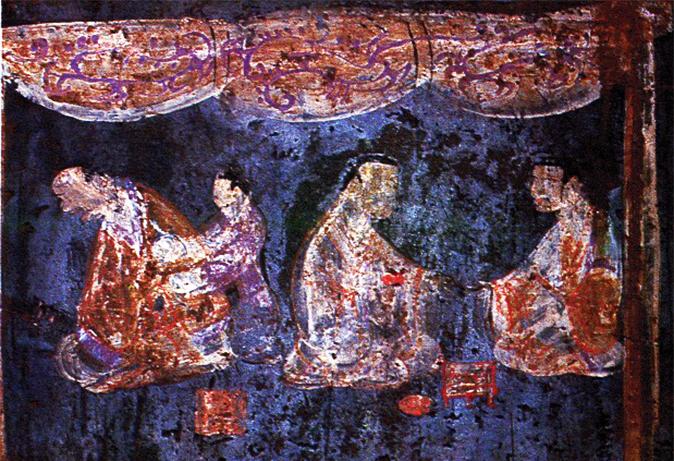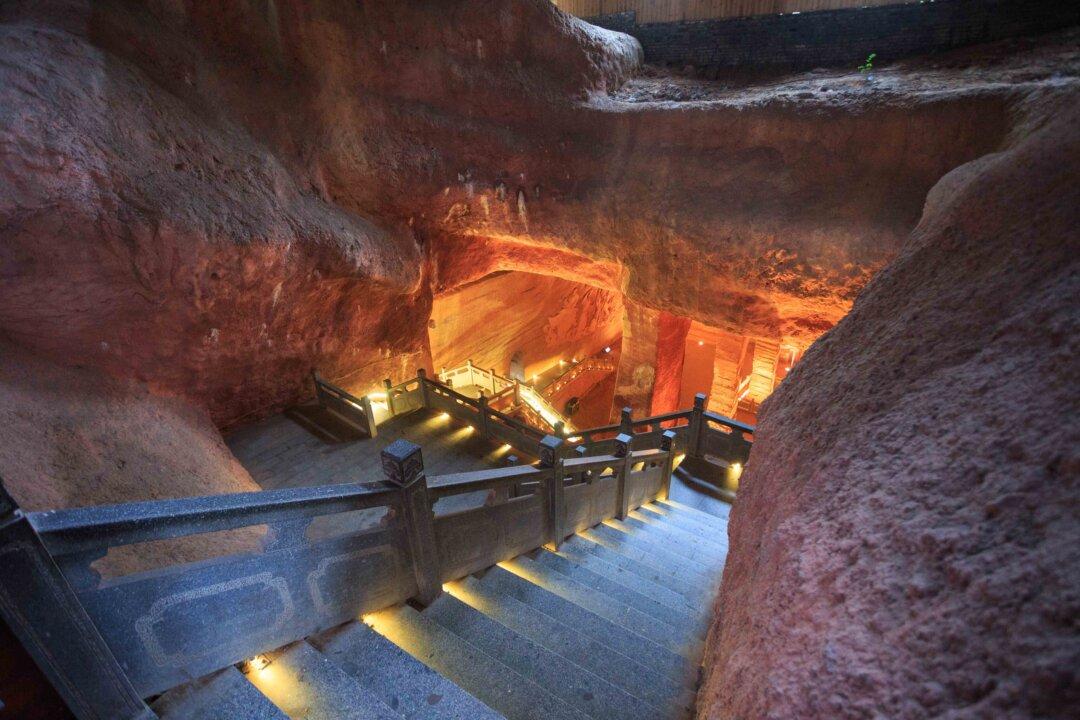Han purple is an artificial pigment created by the Chinese over 2,500 years ago, which was used in wall paintings and to decorate the famous terracotta warriors, as well as ceramics, metal ware, and jewelry. The pigment is a technological wonder, made through a complex process of grinding up raw materials in precise proportions and heating to incredible temperatures. So intricate was the process, that it was not reconstructed again until 1992, when chemists were finally able to identify its composition. But this was just the beginning. According to a news report on io9.com, research since then has discovered amazing properties of Han purple, including the ability to emit powerful rays of light in the near-infrared range, and to collapse three dimensions down to two under the right conditions.
The production of Han purple, otherwise known as Chinese purple, dates back as far as 800 B.C., however it appears that it was not used in art until the Qin and Han dynasties (221 BC..–220 A.D.), when it was applied to the world famous terracotta warriors, as well as ceramics and other items.
“Prior to the 19th century, when modern production methods made synthetic pigments common, there were only hugely expensive purple dyes, a couple of uncommon purplish minerals, and mixtures of red and blue, but no true purple pigment – except during a few hundred years in ancient China,” writes Samir S. Patel in “Purple Reign: How ancient Chinese chemists added color to the Emperor’s army.”
For an unknown reason, Han purple disappeared entirely from use after 220 A.D., and was never seen again until its rediscovery by modern chemists in the 1990s.





